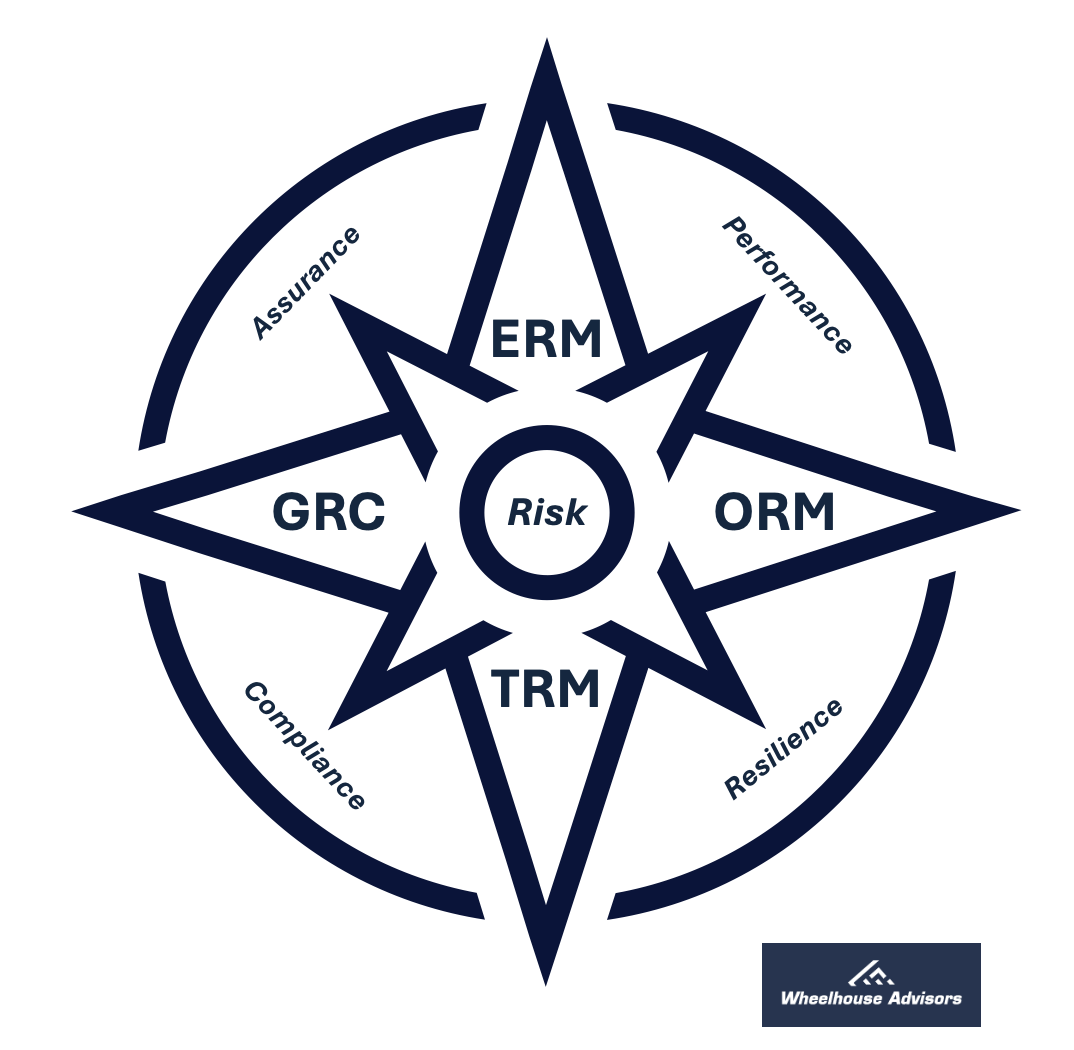Why Fortune 500 Companies Are Turning to IRM to Tackle AI Risks Head-On
The rapid ascent of artificial intelligence (AI) as a central force in business operations has captured the attention of Fortune 500 companies, many of which now recognize AI as a significant risk factor. According to a recent survey by Arize AI, more than half of these companies cited AI as a risk in their annual reports, a stark increase from just 9% in 2022. This trend underscores a broader industry-wide concern: the unpredictable and multifaceted challenges posed by AI, particularly as it becomes more deeply integrated into various aspects of corporate strategy and operations.
The AI Risk Landscape
AI’s potential to revolutionize industries is undeniable, yet its rapid development also presents a spectrum of risks that companies are only beginning to fully understand. The concerns raised by these companies range from competitive pressures—where lagging in AI adoption could mean falling behind more agile competitors—to operational, reputational, and ethical dilemmas. For instance, the media and entertainment sectors, where over 90% of companies have flagged AI as a risk, are grappling with the implications of AI on jobs, content creation, and intellectual property. Similarly, the technology, healthcare, and financial services sectors are confronting the possibility that AI could disrupt traditional business models, create unforeseen legal liabilities, and strain existing regulatory frameworks.
The diversity of risks associated with AI highlights its dual-edged nature. On one hand, AI promises operational efficiencies, cost savings, and innovation acceleration. On the other, it brings uncertainties that could manifest in significant financial, reputational, and ethical consequences. For example, as the report notes, companies like Salesforce have expressed concerns over the ethical use of AI, particularly in data collection and privacy—issues that, if mishandled, could severely impact consumer trust and profitability.
Why Integrated Risk Management (IRM) is Essential
Given the complex and evolving nature of AI-related risks, traditional risk management approaches may fall short. The fragmented and siloed nature of many corporate risk management strategies can make it difficult to get a clear, holistic view of AI risks and their potential impact across the enterprise. This is where Integrated Risk Management (IRM) becomes critical.
To effectively manage AI risks, organizations must link Enterprise Risk Management (ERM), Operational Risk Management (ORM), Technology Risk Management (TRM), and Governance, Risk, and Compliance (GRC) through a unified IRM framework. This integrated approach ensures that all aspects of AI risk are addressed comprehensively, rather than in isolated silos. Here’s how IRM can link these essential risk management functions:
Enterprise Risk Management (ERM): ERM provides a strategic lens through which AI risks can be evaluated in relation to broader business objectives. By linking ERM with IRM, companies can ensure that AI risks are managed in alignment with corporate goals, enabling a strategic response that balances risk and opportunity.
Operational Risk Management (ORM): AI-related operational risks—such as system failures, process disruptions, or supply chain vulnerabilities—must be managed within the context of daily operations. Integrating ORM with IRM allows organizations to continuously monitor and mitigate these risks, ensuring operational resilience in the face of AI-driven disruptions.
Technology Risk Management (TRM): TRM focuses on the specific risks associated with the development, deployment, and use of AI technologies. By integrating TRM into an IRM framework, companies can better assess the technical risks of AI, including cybersecurity threats, data privacy concerns, and the potential for algorithmic biases, and address them proactively.
Governance, Risk, and Compliance (GRC): As AI technologies evolve, so too will the regulatory environment. Linking GRC with IRM ensures that organizations remain compliant with evolving laws and regulations, while also addressing the ethical and governance challenges posed by AI. This holistic approach reduces the risk of legal penalties and reputational damage.
The Comprehensive Advantage of IRM
An IRM approach enables companies to:
Identify and Prioritize AI Risks Across Functions: By leveraging the collective insights from ERM, ORM, TRM, and GRC, IRM helps organizations identify AI-related risks early and prioritize them based on their potential impact across the entire organization.
Align AI Risk Management with Strategic Objectives: IRM ensures that AI risk management is not conducted in isolation but is aligned with the company’s overall strategic goals, incorporating insights from ERM. This alignment is vital for ensuring that AI initiatives support rather than hinder long-term objectives.
Enhance Cross-Functional Collaboration: AI risks often cut across multiple departments. By linking ERM, ORM, TRM, and GRC within an IRM framework, organizations can foster collaboration across these functions, ensuring that AI risks are managed in a coordinated and consistent manner.
Facilitate Regulatory Compliance: As AI continues to evolve, so too will the regulatory landscape. An integrated approach with GRC ensures ongoing compliance, reducing the risk of legal and financial penalties.
Monitor and Respond to AI Risks in Real Time: The dynamic nature of AI requires continuous monitoring and agile responses. An IRM framework can offer real-time insights into emerging AI risks, enabling companies to adapt quickly and effectively across all risk functions.
A New Era in Corporate Risk Management
The inclusion of AI as a prominent risk factor by a growing number of Fortune 500 companies signals a new era in corporate risk management. As businesses increasingly rely on AI, they must also be prepared to manage the risks that come with it. By linking ERM, ORM, TRM, and GRC through an IRM framework, organizations can ensure a comprehensive approach to AI risk management. This integrated strategy allows companies to harness the benefits of AI while minimizing its potential downsides. In an environment where AI is both a powerful tool and a significant risk, IRM stands out as an essential strategy for ensuring long-term resilience and success.
As AI continues to shape the future of business, those who adopt a comprehensive, integrated approach to risk management will be best positioned to navigate the uncertainties ahead, turning AI-related risks into opportunities for growth and innovation.

